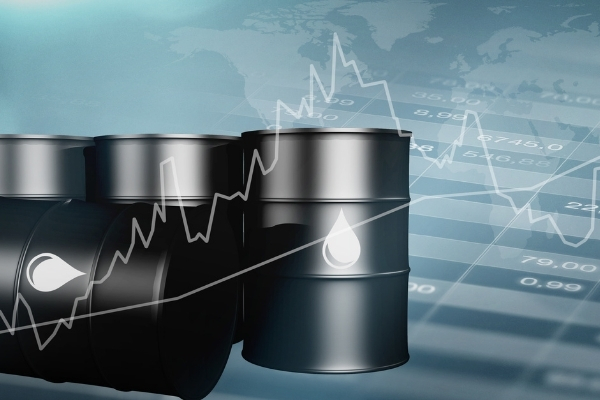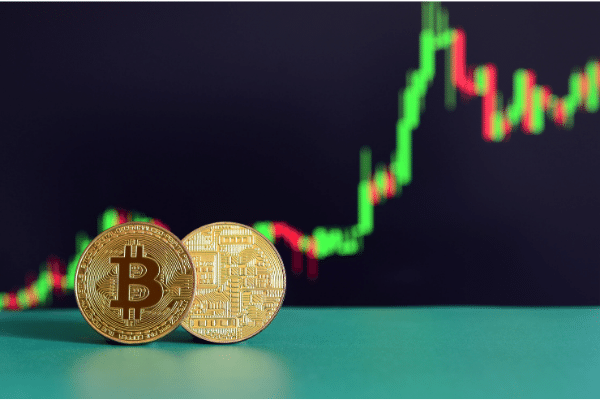
- Energy prices in and of themselves are not necessarily long-term inflationary – higher prices could see a cut back in consumption which could lead to a lower demand for goods and services.
- The biggest risk for investors at this volatile juncture may end up not being inflation at all, but central bank policy error.
Taco Tuesday has given way to Throwback Thursday as it’s beginning to look a lot like Nixon all over again with oil brushing against US$140 a barrel yesterday and commodity prices spiking to fresh all-time-highs giving investors a sense of déjà vu and concerns over a 1970s type scenario.
To be sure, all of the ingredients of a throwback to the 1970s are there – geopolitical turmoil (instead of the Middle East, this time it’s Europe), seemingly uncontrollable energy prices and high inflation.
Could stagflation (high inflation and low or negative growth) be back in fashion again?
The thinking is that high energy prices (and to a lesser extent other commodities) will feed into other prices and dampen consumption.
But energy prices in and of themselves are not necessarily long-term inflationary – higher prices could see a cut back in consumption which could lead to a lower demand for goods and services which could then prove deflationary and catch central banks in the midst of a tightening cycle unawares.
Fortunately, the northern hemisphere is moving into the summer months and demand for heating will decrease, whereas America’s summer driving season may see shorter trips because spending more on energy could see consumers cut back in other areas.
If energy prices get high enough, demand will either dry up (cycle to work much?) as more money goes toward buying the same or smaller amount of energy, leaving less purchasing power for everything else.
Furthermore, comparing our present epoch to the 1970s is also misleading because during the Nixon administration, inflation expectations were already elevated in the months before the 1973 energy crisis.
That is much less true now, as evidenced by the negative correlation between energy prices and core inflation (excluding energy and food) over the past decades.
The biggest risk for investors at this volatile juncture may end up not being inflation at all, but central bank policy error.
The U.S. Federal Reserve may unwittingly choke the economy by tightening too quickly, but the risks are not high as their counterpart across the Atlantic looks set to maintain an even keel with the Russian invasion of Ukraine ongoing.
Whereas the European Central Bank was looking to tighten prior to the Russian invasion, there is no appetite for monetary policy hawkishness that would almost certainly push the eurozone into recession.
Meanwhile the Chinese central bank is loosening to revive China’s slowing economy ahead of a major leadership “renewal” to pave the way for President Xi Jinping to rule for life.
Against this backdrop, the U.S. Federal Reserve is likely to stay within market expectations of rate hikes, but at a much slower pace than prior to the Russian invasion.



